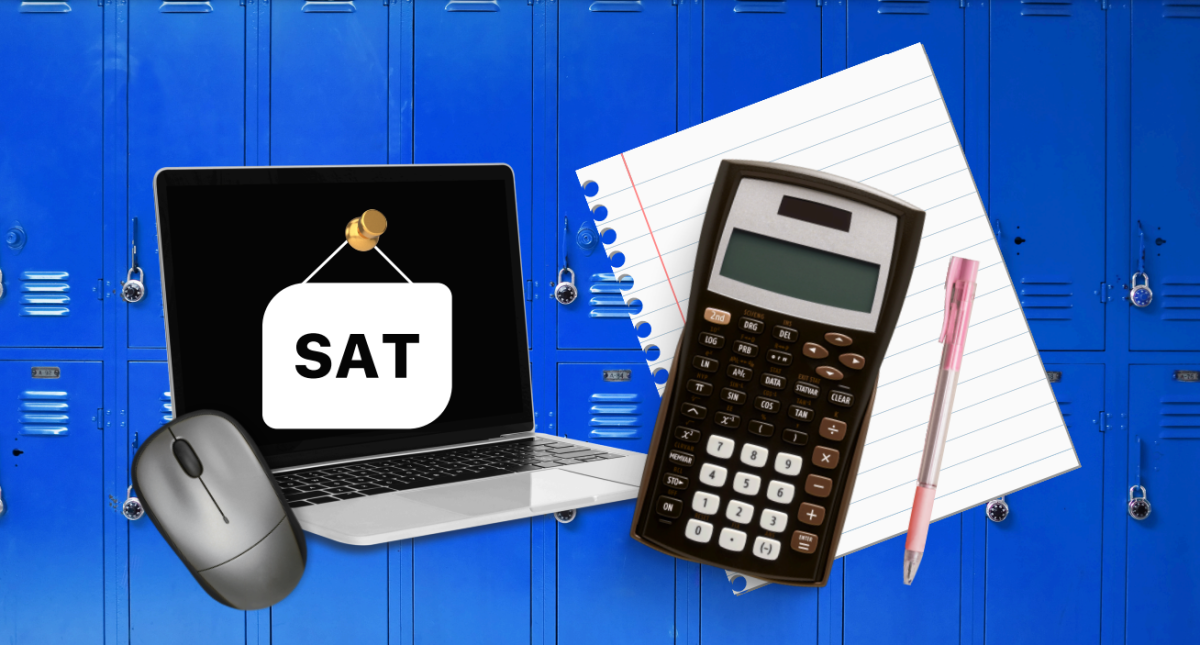Let’s continue remote learning
Spending so much time at home can be a difficult thing to do, but is a safe option with the least amount of exposure. It can be tough not being with friends, but it’s for the sake of friends to keep them safe as well.
January 9, 2021
For the last eleven months, the entire world has been subject to change at an alarming scale. I’d argue that one change causes a domino effect for others to follow that can’t be ignored, but instead be adapted to. Make a change that is safe for everyone if it is what’s necessary.
That being said, I don’t think we should be reopening the school building to students.
There are so many differing opinions of what people want versus what they don’t want. But it is important to go with the safest option to better the community: to continue remote learning outside of school until infection rates are at a decline once again.
If rates are currently rising, who is to say we won’t be thrown right back home within mere weeks of returning? With some students not practicing social distancing and other safety precautions, there is an extremely high chance risk of spread that may even go undetected. Additionally, people still settling from holiday vacation, some even traveling, isn’t a comforting thought.
If there’s one thing we’ve learned in the last year, it’s that no matter how cautious we are, the risk doesn’t disappear. Visible symptoms or not, the world is a dangerous place right now.
School allows friends to see each other on a regular basis and catch up as they would previously when fully in school. I am thankful that I’ve been able to see my few close friends regularly. This hasn’t the case for everyone, but there are easy ways to meet others at a higher level of safety than the school can provide at a time that can be chosen rather than forced.
It’s impossible to contain everyone and be completely certain they’re following the rules they should. The best way to ensure everyone’s safety is to keep students and faculty in an environment they can choose to be in. This allows individuals to have full control over where they go and what they do.
Being in school exposes everyone to an even higher risk.
Those who chose to be in school one day and remote the next don’t have a choice, despite their newly developed concerns. They have to go back. We have to go back. It almost feels like a punishment. And if we do take the option to learn remotely, we lose classes we don’t have the easy luxury of leaving behind.
Personally, I can adjust to change. But it isn’t immediate and is an uncomfortable transition. Being thrown in and out of school like a custody battle, just to be put back into remote learning for a couple of months (enough time to get comfortable with that routine, I might add) only to be sent back to school is draining. Readjusting to an on day-off day schedule is difficult on its own, but it was impossible to adjust to in the first place.
Right now we can be comfortable in our environment. At home we are safe.
When learning from home, students have had the ability to create a schedule and routine that works for them. At least for me, it gave me the opportunity to manage my time in class learning and to do activities that I enjoy. This mediation has allowed me to keep my mental health reigned in.
When we are in school, it never seems to end.
I can understand that remote learning doesn’t work for every student and every teacher, but there is never going to be a solution everyone can agree on which is why I believe going the safer route is the more feasible option.
Now, some people will call it senioritis, but it’s not news that students are in the school building for at least six hours a day without the opportunity to complete any homework in that time. The current remote schedule gives students the choice of working outside of school hours.
The long periods are structured to give time for instruction and time for knowledge application so that when the students logs off their class for that day, chances are, if they managed their time well and were given enough time to finish their work, don’t have to think about school until class the next morning.
For seniors getting ready to go to college, remote learning has also given them, including myself, a taste of what learning in college is going to be like. It requires students to be more independent to understand material while outside of the classroom. This was true well before any virus. If used to its potential, I’d argue some of the skills in time management, self-advocation, and independent studies are skills that will directly help students when transitioning into college no matter their current grade.
I guess it’s no secret I’ve become fond of remote learning.


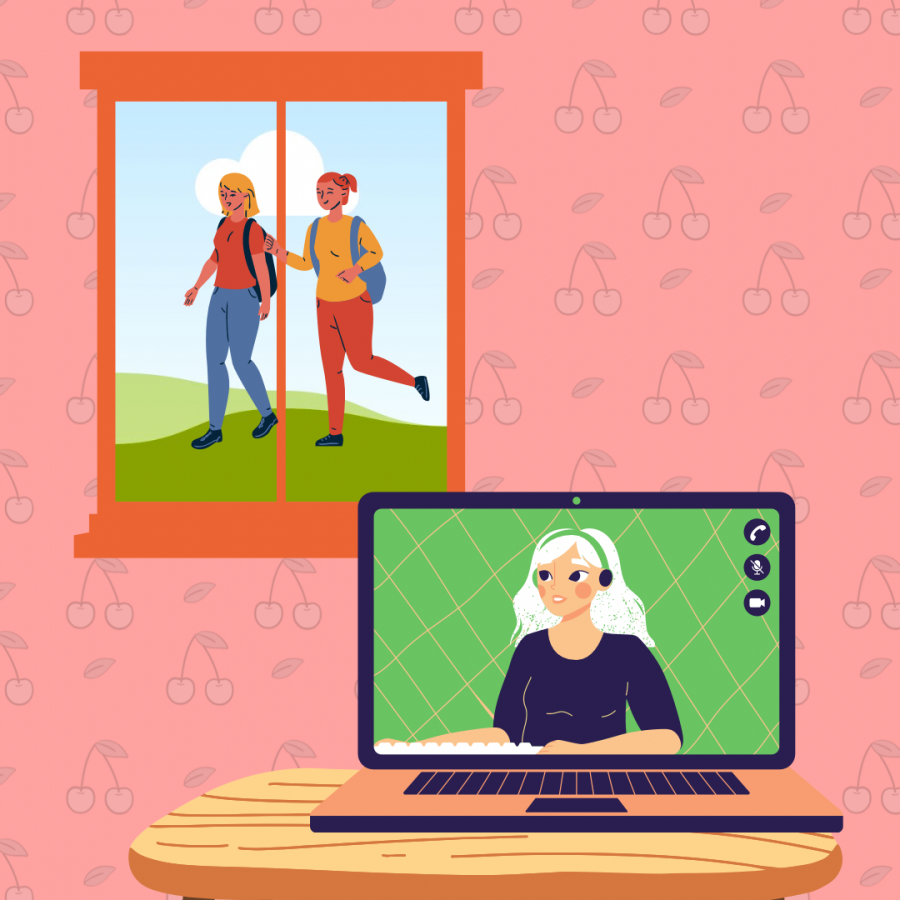
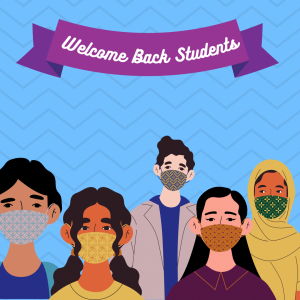
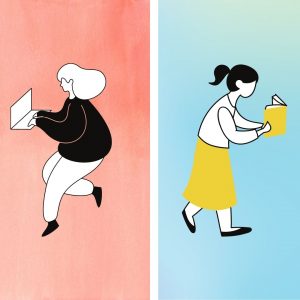



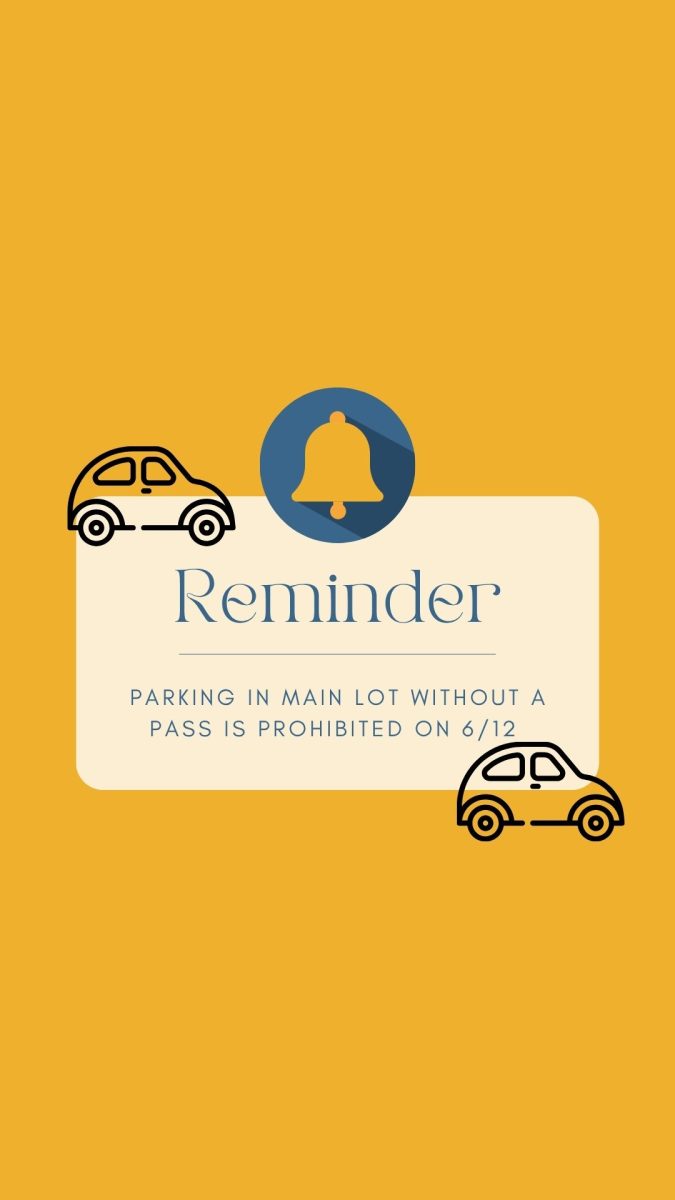
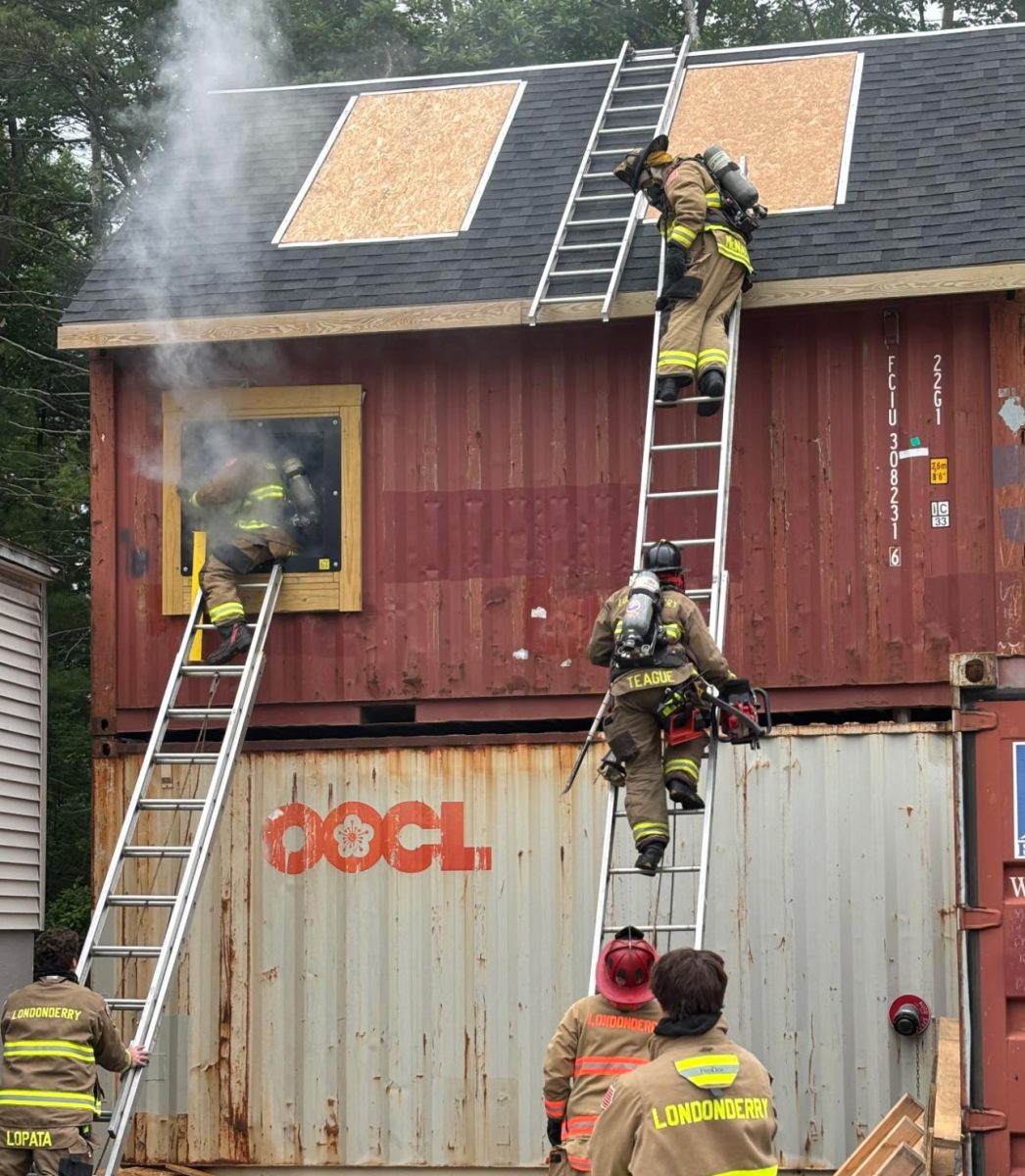


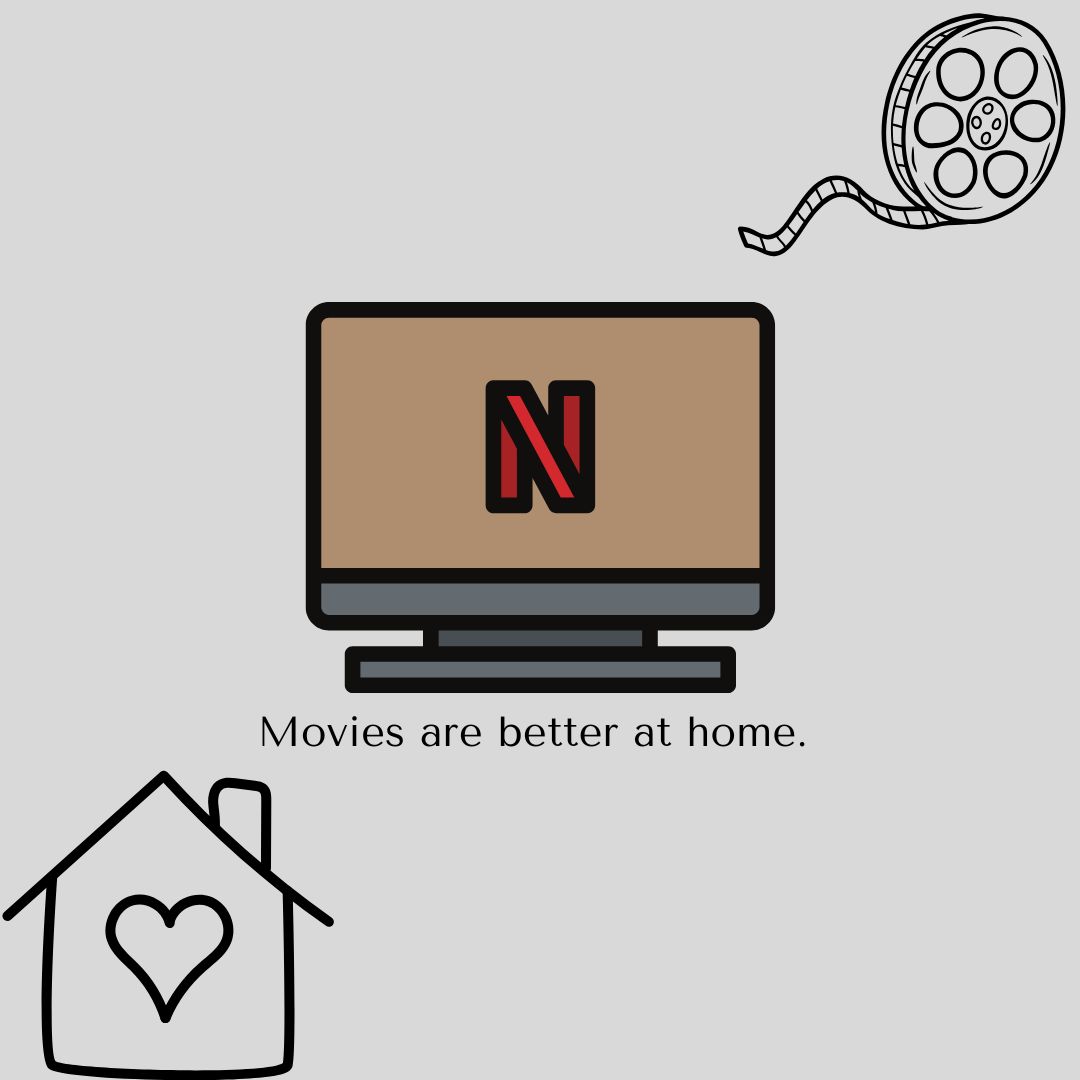
![Carol Ritchie helps one of her students through a computer assignment during A period. Ritchie has taught students basic English with activities to help them get a better grasp of concepts. problem-solving skills in her classroom. “I try to make the class fun and find [activities] that interest them,” Ritchie said.A banner of the world map and flags hangs near ESOL teacher Ms. Ritchie’s desk. (Image made in Canva by Kelsey Sweet).](https://www.lancerspiritonline.com/wp-content/uploads/2025/06/Light-Green-Featured-Jewelry-Instagram-Post.jpg)

